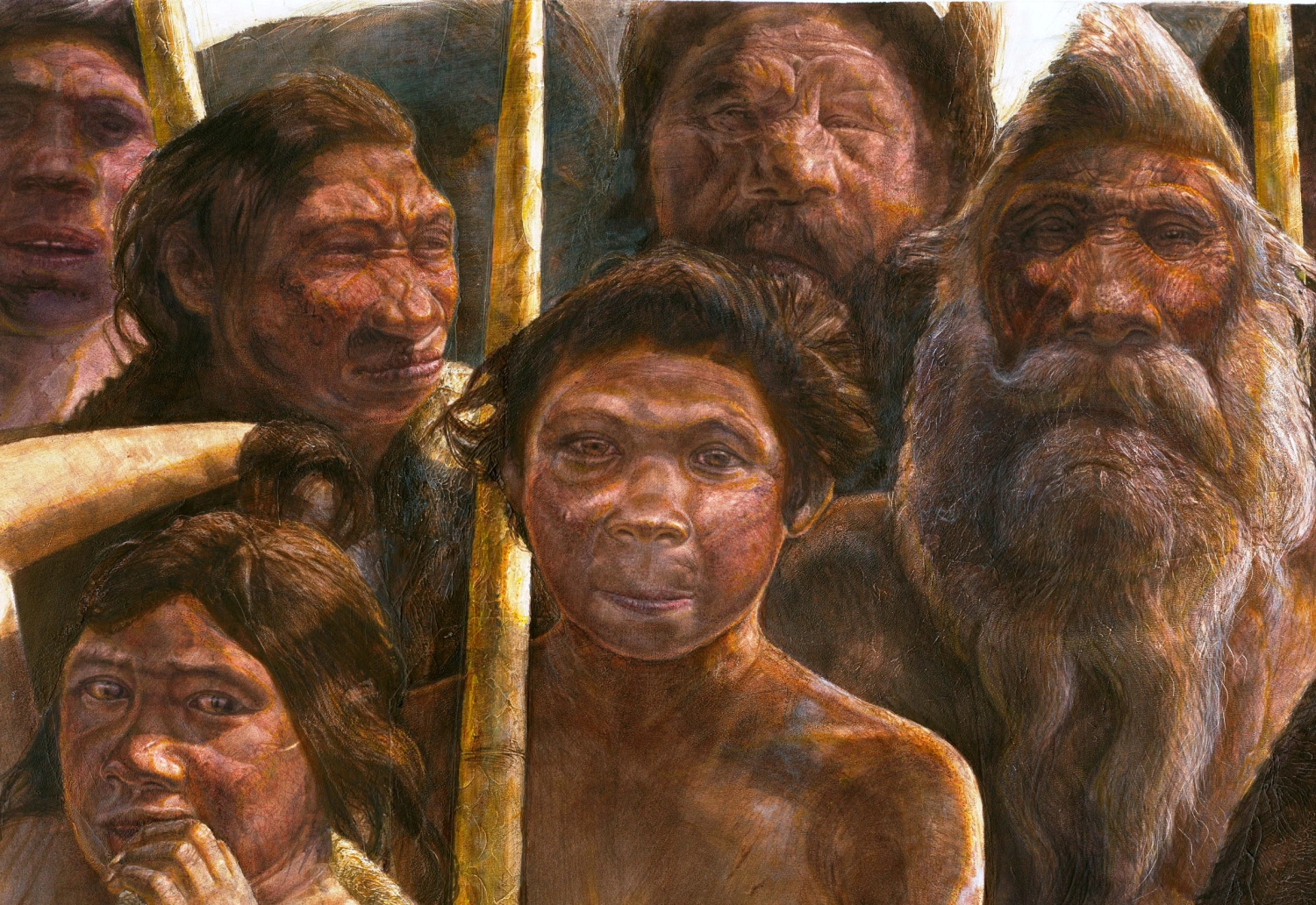Neanderthals, our closest extinct human relatives, have long fascinated scientists and the public. These early humans, who lived across Europe and parts of Asia for hundreds of thousands of years, left behind a sparse but invaluable fossil record. One of the most groundbreaking discoveries in the study of Neanderthals came with the extraction of the oldest Neanderthal DNA. This remarkable find has provided crucial insights into their evolution, migration, genetic diversity, and interactions with early Homo sapiens.
This article explores the significance of this ancient DNA discovery, the methods used to extract and analyze it, and what it reveals about the lives and legacy of the Neanderthals.
The Discovery of the Oldest Neanderthal DNA
In recent years, scientists have pushed the boundaries of genetic research by retrieving and sequencing DNA from fossils dating back over 400,000 years. One of the most significant breakthroughs came from Sima de los Huesos, a cave in northern Spain, where researchers uncovered the remains of early hominins. The Sima de los Huesos fossils, which date back around 430,000 years, yielded ancient DNA linked to the Neanderthal lineage.
Before this discovery, the oldest Neanderthal DNA ever sequenced came from fossils approximately 120,000 years old, found in sites such as the Vindija Cave in Croatia and the Denisova Cave in Siberia. However, the Sima de los Huesos DNA shattered previous records, pushing the timeline of genetic analysis much further back.
How Scientists Extracted the Ancient DNA
Extracting DNA from ancient fossils is an extraordinarily complex task. Over time, DNA degrades due to environmental exposure, microbial contamination, and chemical breakdown. Despite these challenges, researchers employed advanced techniques to recover and analyze the genetic material from the Sima de los Huesos fossils.
The fossils were carefully removed from deep within the cave system, where they had been preserved in calm, stable conditions for hundreds of thousands of years. Scientists selected the petrous bone (part of the skull near the inner ear), which retains DNA better than other skeletal elements.
Because ancient DNA is highly susceptible to contamination from modern humans, researchers worked in specialized clean laboratories, wearing full-body protective suits to prevent contamination.
The extracted DNA was amplified using polymerase chain reaction (PCR) and sequenced using high-throughput DNA sequencing technology. Despite heavy degradation, researchers could piece together enough genetic material to compare it to other hominin DNA sequences.
What the DNA Reveals About Neanderthals
The Sima de los Huesos DNA analysis has provided remarkable insights into the ancestry, evolution, and genetic relationships of early Neanderthals. Here are some of the key findings:
The genetic evidence suggests that the individuals from Sima de los Huesos belonged to a population closely related to Neanderthals. However, their DNA also contained traces of Denisovan ancestry, another extinct human group that lived in Asia. This finding suggests that Neanderthals and Denisovans shared a common ancestor that lived even earlier.
By analyzing the ancient DNA, scientists have estimated that Neanderthals and Denisovans split from their last common ancestor with modern humans approximately 550,000 to 750,000 years ago. The Neanderthals and Denisovans later diverged from each other around 400,000 years ago.
Genetic studies indicate that early Neanderthals already had evolving characteristics suited to Ice Age Europe, including genes associated with cold adaptation. This suggests that some key Neanderthal traits were developing much earlier.
Implications for Human Evolution
The discovery of the oldest Neanderthal DNA has profound implications for our understanding of human evolution.
The Sima de los Huesos DNA challenges previous ideas about the origins of Neanderthals and Denisovans. Instead of a simple, linear evolutionary path, the genetic evidence suggests a more complex history of interbreeding and population mixing among different hominin groups.
Later discoveries of Neanderthal DNA in modern human genomes confirm that interbreeding occurred between Neanderthals, Denisovans, and early Homo sapiens. This raises the possibility that other undiscovered hominin populations contributed to our genetic heritage.
The genetic data from the Sima de los Huesos fossils suggest that climate changes significantly shaped Neanderthal evolution. As the conditions of the Ice Age became more extreme, Neanderthals developed physical and genetic adaptations to survive in harsh environments.
The Future of Ancient DNA Research
The successful extraction of the oldest Neanderthal DNA opens new possibilities for future discoveries. Scientists are now exploring other fossil sites that could contain even older DNA, using increasingly sophisticated methods to extract and analyze genetic material from highly degraded remains.
Researchers are now targeting other ancient sites, particularly in Africa and Eurasia, where early human ancestors lived. We aim to uncover DNA from even older hominins, potentially pushing our genetic timeline beyond 500,000 years.
Advancements in ancient DNA research may help scientists understand other extinct human relatives, such as Homo erectus and Homo heidelbergensis. By sequencing their genomes, researchers can determine how these species were related to Neanderthals and modern humans.
Some genes inherited from Neanderthals and Denisovans are still present in modern human populations. Scientists continue investigating how these ancient genes influence immune response, adaptation to high altitudes, and even susceptibility to certain diseases.
Conclusion
The discovery of the oldest Neanderthal DNA is a landmark achievement in paleoanthropology. It has deepened our understanding of Neanderthal evolution, their relationship to Denisovans and modern humans, and the complex interactions among ancient human species.
With rapid genetic research and technology advancements, we will uncover even more astonishing insights into our evolutionary past in the coming years. As scientists continue to push the boundaries of ancient DNA analysis, we may soon unlock even greater mysteries about the origins of humanity and our place in the prehistoric world.




